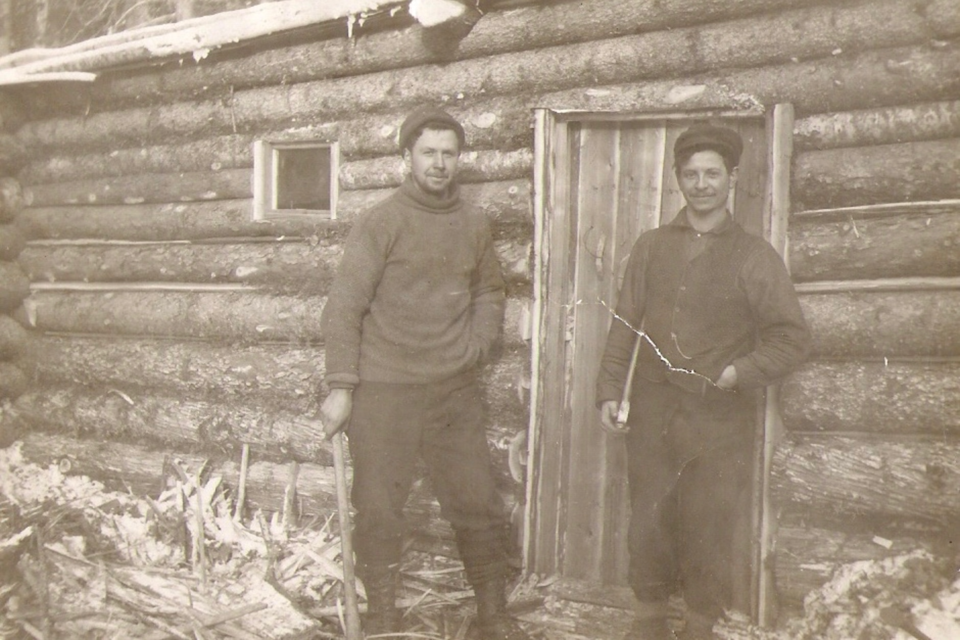Rueben D’Aigle was credited for laying the path that led to Benny Hollinger's and Alex Gillies's discovery, which led to Hollinger Mine.
After giving up on the area, it was only three years later that Hollinger and Gillies stumbled upon D'Aigle's abandoned test pits and rusted anvil. A sample taken later on showed that he missed the fortune by a very small amount — the sample assayed was $52 on gold to the ton.
Benny Hollinger and Alex Gilles discovered the jackpot to what we all know as Hollinger Gold Mine, the world’s largest producer of gold from 1910 to 1968. The Hollinger produced $566 million which represents about 20 million ounces of gold.
These two men were experienced prospectors and were trying to raise money for a grubstake before arriving at The Porcupine. A grubstake is someone or a company that will invest the money to fund your exploration in hopes of striking it rich when something is discovered. The two were given $145 combined from two different men and they left for the Porcupine.
After two days of exploring, they discovered the abandoned test site of D’Aigle. Alex Gillies explained the moments of the discovery, “I was cutting a discovery post and Benny was pulling some moss of rocks a few feet away when he suddenly let a roar out of him and threw his hat at me. At first, I thought he has gone crazy but when I came over to where he was, it wasn’t hard to see the reason. The quartz where he had pulled the moss off looked as though someone had dripped a candle along it, but instead of wax, it was gold we saw. Don’t let anyone ever tell you that the original Hollinger discovery left any doubts of its importance. When we pulled the moss three feet out of the ground and away the quartz stood out, about six-feet wide with splattered over it for about 60 feet along the vein. D'Aigle had worked the property and cut many trails through the bush but by a queer quirk of luck, one of his trails from the test pit passes the richest part of the vein at a point where he could have easily reached out and touched it with his hand."
The Timmins Museum: National Exhibition Centre regularly provides TimminsToday readers with a glimpse of the city’s past.
Find out more of what the Timmins museum has to offer here and read more Remember This columns here.



